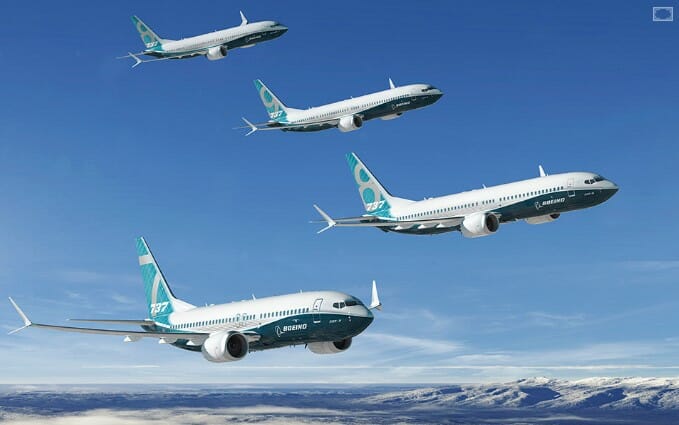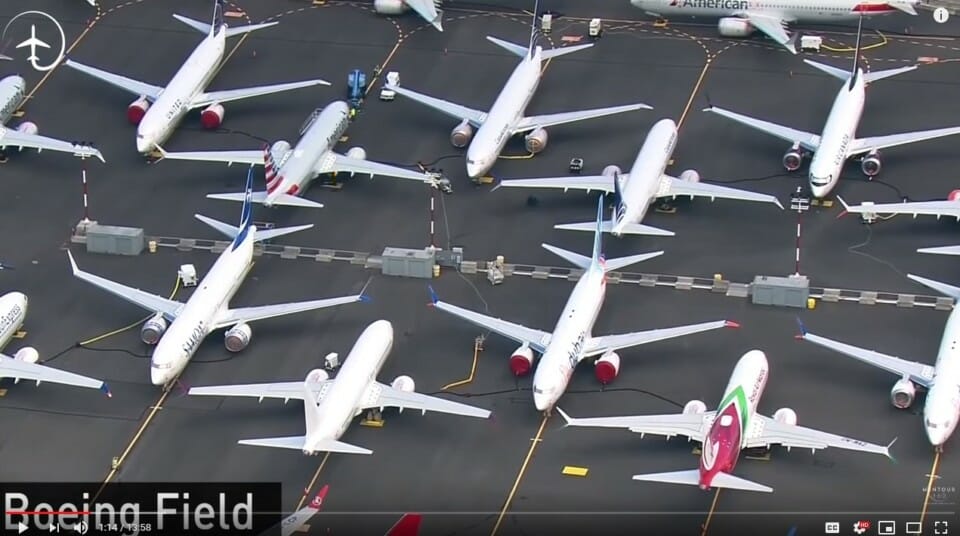Boeing is preparing for its 737MAX program to get recertified by the FAA. This post is the first of two. Here is what it will take to obtain an airworthiness certification to fly passengers.
A Review Of The Problems
The 737MAX has been grounded since March, 2019 after two of the aircraft crashed soon after takeoff. Since the 737MAX is not a new aircraft but a follow-on to the successful 737 airliner, why is this aircraft crashing? The answer begins with the original design of the 737 back in the early 1960s. Like the Boeing 707 and 727 before it, the 737 was designed to sit low on the ground for ease of ground handling at the gate. This was fine 50 years ago when jet engines were low-bypass engines with a narrow cross-section. In the 1980s, the first wide-bypass ratio engine, the CFM56 engine was used in 737s beginning with the series 300. In order to maintain adequate ground clearance, the engine nacelle (housing) had to be flatted at the bottom. The 737MAX uses even larger engines requiring a key design change to mount the engines. Instead of raising the aircraft off the ground, Boeing chose to raise the engine mounting to the wing. Doing so changed the aircraft handling characteristics during flight.
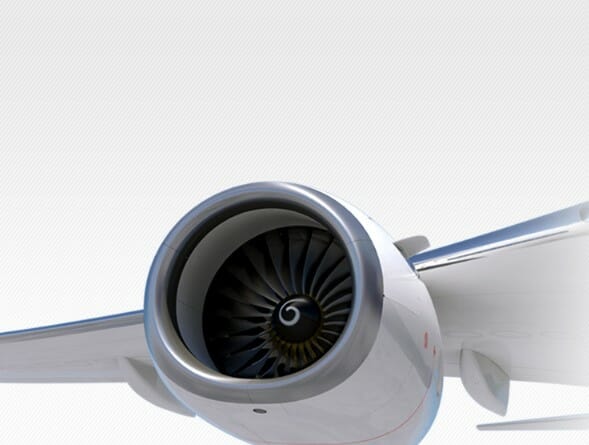
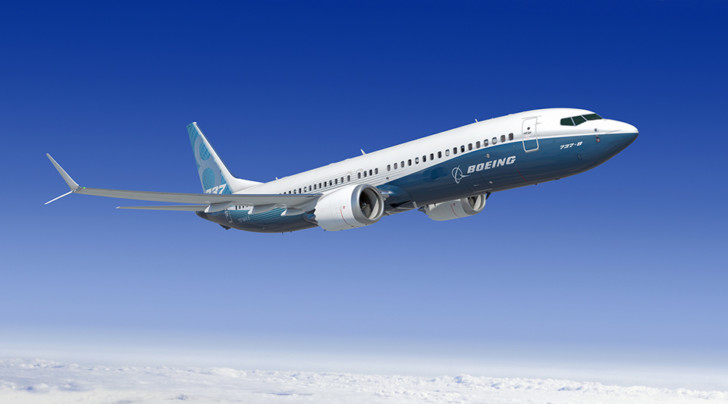
The second problem is with pilot certification to fly the 737MAX. Boeing sold the 737MAX to the airlines as an aircraft that existing 737 pilots could fly without additional training. This is a key issue because the airlines would otherwise have to spend money on pilot training, 737MAX training simulators and additional expenses of taking pilots offline and paying their expenses for training. In order for the 737MAX to fly with the same handling characteristics as previous generations of the 737, Boeing created the Maneuvering Characteristics Augmentation System or MCAS. MCAS was designed to have the flight management computer make the aircraft handle like previous generations by using angel-of-attack (AOA) vanes and software to accomplish this. The design and execution of the MCAS system was flawed and it did not perform the way it was intended. Erroneous data and computer execution caused a forced nose-down attitude which led to the two crashes where the pilots were actually fighting with the aircraft for flight control. The 737MAX can fly without MCAS as long pilots are trained on the new handling characteristics.
Since the world-wide groundings, Boeing has been working on fixes to MCAS hardware and software. During this time, additional flight management software issues that affected stabilizer trim were discovered that needed to be corrected. The FAA also found wiring bundles located in the tail of the 737MAX that were not correctly installed which could end up shorting out and possibly causing a fire.
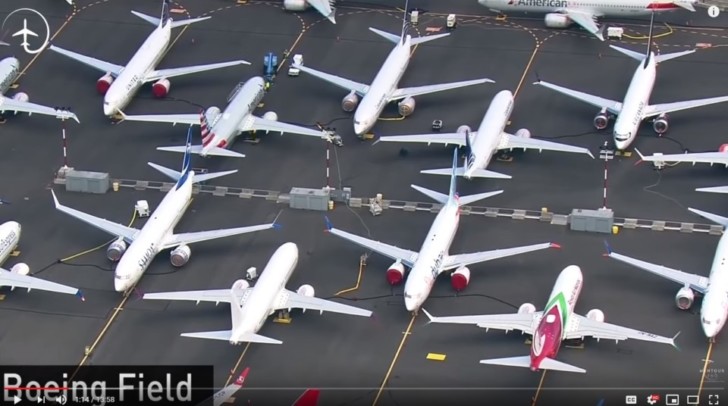
The Certification Process
Boeing hopes to begin recertification flight(s) later this month. The FAA has created the Joint Operations Evaluation Board to oversee the recertification process. Recertification flight(s) will be flown with an FAA test pilot in the left seat and a Boeing test pilot in the right seat. The FAA will develop test flight processes to see how the aircraft will perform. Based on the results of the test flight(s), the FAA will establish what training pilots will need to fly the 737MAX, this is called a type-rating. Assuming that Boeing can get approval from the test flight(s), Boeing will begin to work on the next phase.
Boeing engineers will then need to develop service bulletins addressing software upgrades to the flight management system and rewiring requirements. After the service bulletins are approved, the airlines that already have the 737MAX will need to have their aircraft updated and certified that the updates have been successfully completed before they can begin revenue flights.
Training for transitioning pilots will have to be approved. The 737MAX pilots will have to obtain type-rating for the 737MAX before they can fly the aircraft. This training will most likely require training in a 737MAX simulator. This is an issue because at the beginning of 2020, there were only 34 installed 737MAX simulators. Full motion simulators for the 737MAX can cost around $15 million to purchase and have expenses of $400 – $500 per hour of operation.
Other Issues Affecting Worldwide Certifications
Tomorrow, part 2 of this post will cover the issues involved in recertifying the 737MAX in other parts of the world along with other issues that are confronting Boeing. Come back tomorrow for the rest of the story.

